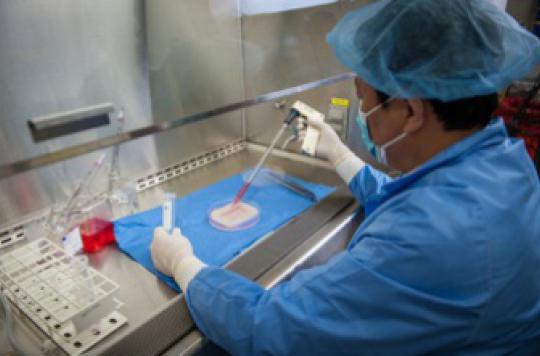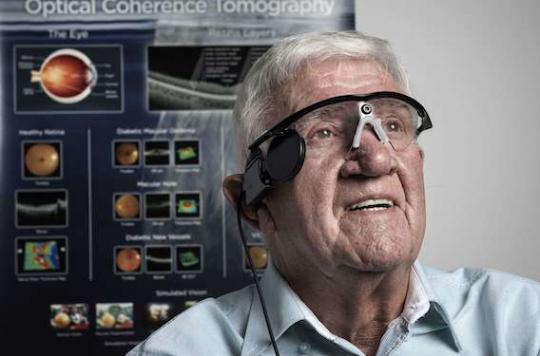Researchers have succeeded in making cell-based vaginas and noses. The vaginas were implanted in four young girls. Eight years later, the organs were still functioning.

Building organs ex nihilo: this is what American researchers have achieved in partnership with a Mexican hospital. They recreated vaginal organs in the laboratory, from patients’ cells. Eight years after implantation, they were still functional. The results of the pilot study, carried out by the team from the Wake Forest Baptist Medical Center (North Carolina, United States) at the Federico Gómez Infant Hospital (Mexico), have been published in The Lancet this April 11.
A temporary vagina is implanted
4 young girls, aged 13 to 18 at the time of implantation, participated in this study. They all suffered from a rare genetic disease: Mayer-Rokitansky-Küster-Hauser syndrome (MRKH), responsible for underdevelopment or even the absence of the vagina or uterus. Currently, this symptom is treated by dilating existing tissue or reconstructing new vaginal tissue. But complications occur in 3 out of 4 cases, mainly because the operated vagina contracts or narrows.
The researchers propose a new approach: using the genital cells of a patient to create a new organ. Its structure is designed from muscles and epithelial cells (skin or mucous membrane cells) taken from a biopsy from each patient. They are extracted, cultivated and then “sewn” onto a biodegradable tissue in the shape of a vagina. This will serve as a “temporary vagina” while the cells develop to form a complete organ. Each copy has been made to precisely match the morphology of the young girls.
Almost identical bodies
5 weeks after the biopsy and cell culture, surgeons formed a channel in the patients’ pelvis. Then they “sewn” the artificial vagina to the existing reproductive organs. Studies in vitro, then on various animal species, had already shown that after implantation, nerves and blood vessels were formed, and the cells developed to form a consistent tissue. At the same time, the biodegradable fabric was dissolving. Ultimately, the differences between a native vagina and this manufactured vagina were almost undetectable. “Tissue biopsies, MRIs and internal examinations […] have all shown that lab-engineered vaginas are similar in appearance and function to native tissue, ”said Dr. Atlántida Raya-Rivera, lead author of the study. She also points out that the young girls reported normal sexual function: no pain during sex, and a feeling of desire.
“This could represent a new option for patients who need reconstructive surgery of the vagina,” said Dr Anthony Atala, principal investigator. “This study is further evidence that regenerative medicine can be applied to a wide variety of tissues and organs. He recognizes that this study is limited by its size, and that it is important to continue the experiments, in order to better master the technique. This approach is however promising, especially since a study, also published in The Lancet, describes the same process … but to “grow” a nose!
.











